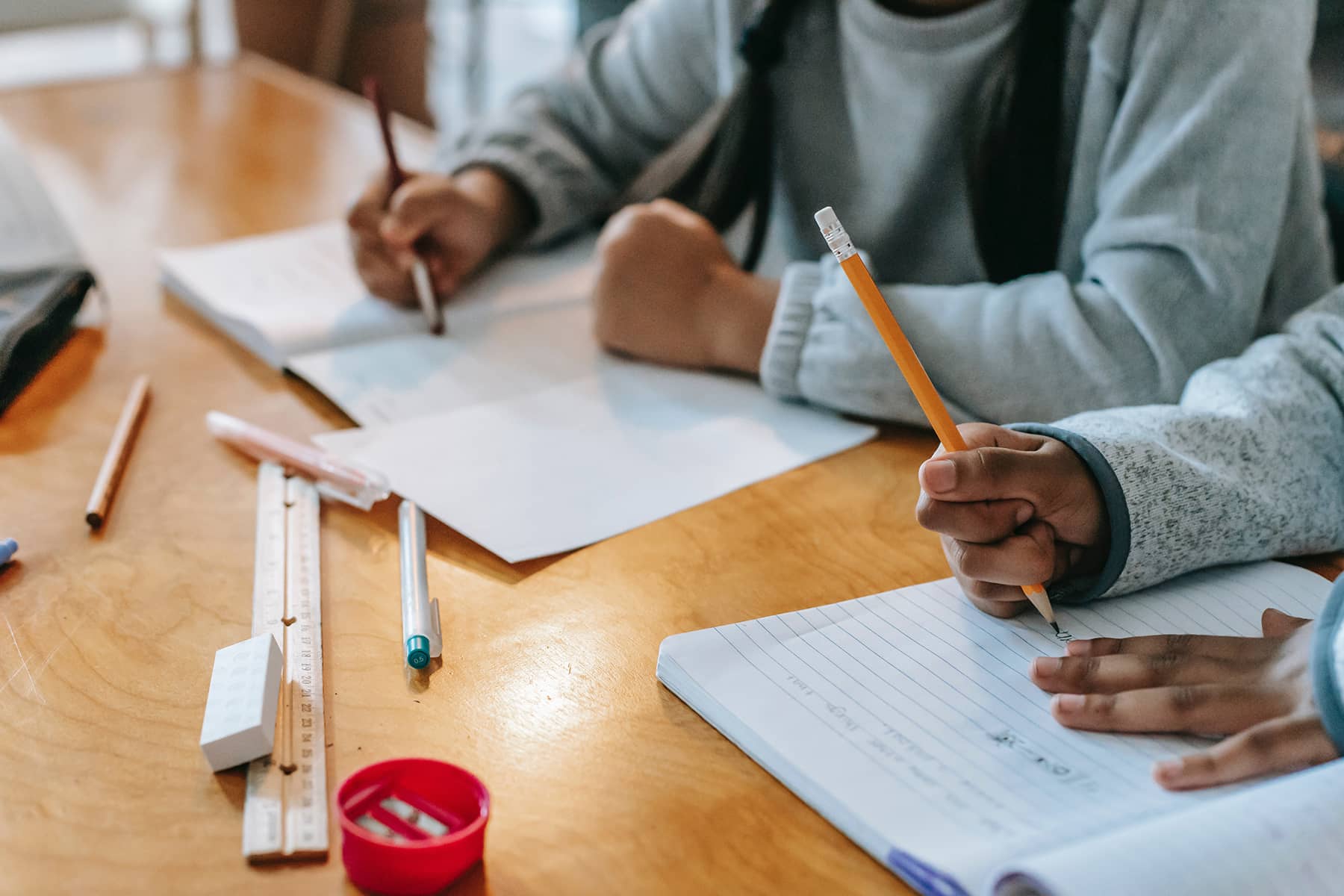
The COVID-19 pandemic hit public and charter schools hard. And though life in classrooms appears to have returned to normal, data released recently by the Wisconsin Policy Forum reveals schools are struggling to make up for declines in enrollment and graduation rates.
That drop has been especially sharp for students of color and low-income students, said Senior Education Policy Researcher Sarah Shaw.
“Nearly across the board, we see students of color and students from low-income households facing greater barriers to school success,” she said.
The average graduation rate fell about 1 percentage point in the 2020-21 school year, down to 89.5 percent. The rate for Black students fell around 4 percentage points, hitting 66.6 percent, while the rate for economically disadvantaged students dropped about 3 percentage points, to 78.4 percent.
One of the most concerning aspects of the report, Shaw said, is the drop in overall enrollment.
“Enrollment for this past school year is down slightly from last year, about 800 students. That on its own is not a big deal,” she said. “But what is concerning is that that’s after the previous year’s school enrollment dropped by over 25,000 students.”
Shaw said that initial 25,000 student decline — about a 2.9 percent drop in overall enrollment statewide — was mostly due to parents deciding to homeschool their children or to delay enrolling them in pre-K and kindergarten. Pre-K enrollment rose 8.7 percent in the last school year, but it had fallen 16.4 percent the year before — more than any other grade.
“We had hoped to see a lot of those students come back to the public school system as everyone is…recovering from COVID,” she said. “And that turned out to not be the case.”
Even for students still in school, there are worrying signs, said Seth Harvatine, superintendent of schools for the Sheboygan Area School District. The district lost around 400 students in 2020-21, with enrollment falling to 9,663 students.
Because of the pandemic, Harvatine said many students struggled with mental health issues, faced financial difficulties, or became weighed down by added responsibility, like taking care of younger siblings.
“And that posed a hurdle to engage in schoolwork,” he said, especially for students of color and low-income students.
In the 2020-21 school year, the graduation rate dropped about 6 percentage points, down to 83.6 percent. The rate among Black students, who make up about 5 percent of the student body, fell 20 percentage points, to 50 percent. And economically disadvantaged students’ graduation rate dropped 11 percentage points, to 72.8 percent.
The district has implemented a range of initiatives to help students succeed, from providing free before and after school care to bringing therapists into schools to offering no-cost meals, but Harvatine said it’s difficult to meet all students’ needs.
“We’re developing plans to address areas that we’re not where we want to be,” he said. “Some students have academic needs and social emotional learning needs. Some have financial needs.”
The hard part, he said, is deciding where to focus when students face mounting barriers to success. But amidst higher student need, schools across the state are struggling to keep up financially, said Dr. John Johnson, deputy state superintendent for the Wisconsin Department of Public Instruction.
State funds are tied to enrollment, so a loss of students can mean a loss of funds. But Johnson said fixed costs, like utilities and bus route expenses, remain largely the same, especially in small, rural districts.
“It costs the same to hire a teacher to teach 25 kids as to teach 20 kids or as to teach 15 kids,” Johnson said.
Wisconsin received over $1.5 billion from the federal government through the American Rescue Plan Act in 2021. But in that year’s budget, Johnson said the state Legislature froze school funding. That’s forced schools to use ARPA funds for regular expenses, like keeping the lights on and paying staff, rather than spending it on COVID-related programs, like improving students’ mental health and fixing broadband access.
“It’s a big lost opportunity for our schools in helping to recover from the pandemic and helping families and helping kids with unfinished learning,” he said.
Schools have to use ARPA funds by September 2024, which means districts will be looking to the state legislature to invest more money in public schools in their next budget, before federal funds dry up. Johnson said that’s key to helping Wisconsin education professionals switch gears from making schools safe and accessible during the pandemic to helping schools and students recover.
“Now they’re shifting into working on addressing unfinished learning by investing in really good learning strategies, high dosage tutoring, additional reading and math support and education, and also supporting social-emotional aspects that kids have faced in their mental health,” he said. “And so, all that said, coming out of the pandemic, they need our investment to continue that work.”
Leah Treidler
Kаtеrіnа Hоlmеs
Originally published on Wisconsin Public Radio as As COVID-19 cases drop, schools struggle to recover from the pandemic














